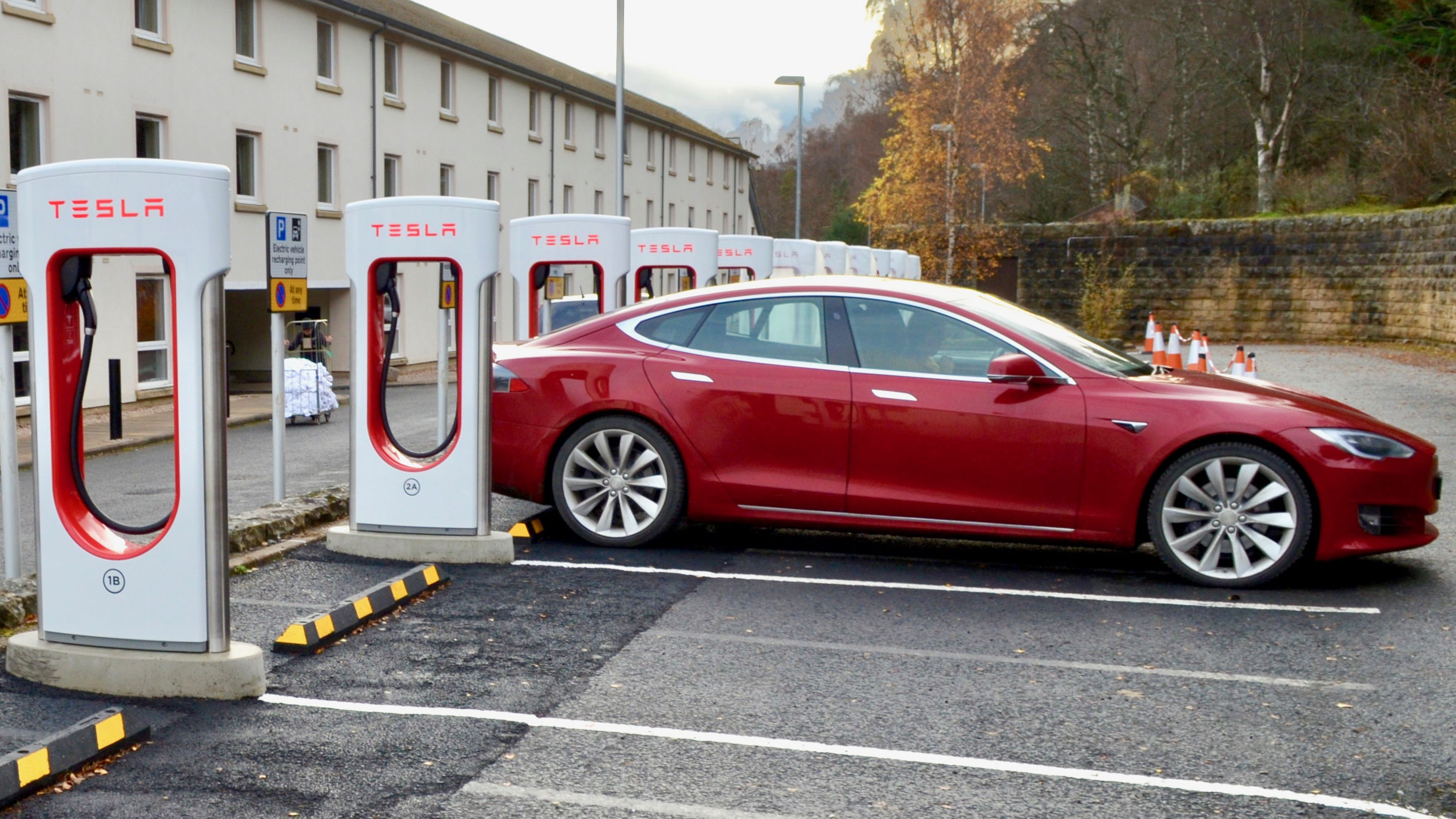Tesla sedan 'crashes into police car on autopilot'
Another blow for autonomous driving?

A Tesla Model S collided with a parked police vehicle in southern California on Tuesday, in another apparent blow to both the automaker and the burgeoning self-driving car industry.
The police cruiser, belonging to the Laguna Beach Police Department, was apparently written off in the incident, as reported by the Los Angeles Times, although the officer in charge of the cruiser was not inside at the time.
According to a tweet by a Laguna Beach officer (@LBPD_PIO_45), the Tesla driver sustained minor injuries in the collision, which happened after he reportedly engaged the sedan’s autopilot mode, although this has yet to be confirmed by Tesla or an official police report.
“This morning a Tesla sedan driving outbound Laguna Canyon Road in 'autopilot' collides with a parked @LagunaBeachPD unit,“ the tweet says. “Officer was not in the unit at the time of the crash and minor injuries were sustained to the Tesla driver.“
The incident comes just weeks after a new transport bill came into effect across California that eased restrictions on driverless cars, legally permitting the vehicles to be controlled remotely without a driver behind the wheel, at a time when a number of collisions have raised concerns over their safety.
The most notable incident was the death of a pedestrian who was struck by an Uber vehicle that was in autonomous mode in March. Also in March the driver of a Tesla Model X was killed when his car hit a roadside barrier and caught fire.
Running on autopilot
The driverless feature comes packaged as standard in all Tesla vehicles, which the automaker’s website describes as having “the hardware needed for full self-driving capability at a safety level substantially greater than that of a human driver”.
Get daily insight, inspiration and deals in your inbox
Sign up for breaking news, reviews, opinion, top tech deals, and more.
It's intended to match the speed of the car to surrounding traffic conditions, and use an enhanced vision-processing system to navigate obstacles.
However, the company openly views its navigation software as an ‘assist mode’, meant to ease the burden of driving on long stretches of motorway, rather than a replacement for human navigation. It's not recommended for use on more complex urban road networks.
It’s often difficult, of course, to gauge where the fault in incidents lies. Tesla’s usual response cites human error, suggesting drivers were distracted or ignored prompts by the vehicle to resume manual steering.
Tesla has also been hit by manufacturing issues recently. In March the company was forced to recall more than 120,000 Model S cars due to a steering defect, and in April the company announced that it was suspending production of the Model 3 at its factory California after it failed to meet targets.
Henry is a freelance technology journalist, and former News & Features Editor for TechRadar, where he specialized in home entertainment gadgets such as TVs, projectors, soundbars, and smart speakers. Other bylines include Edge, T3, iMore, GamesRadar, NBC News, Healthline, and The Times.
